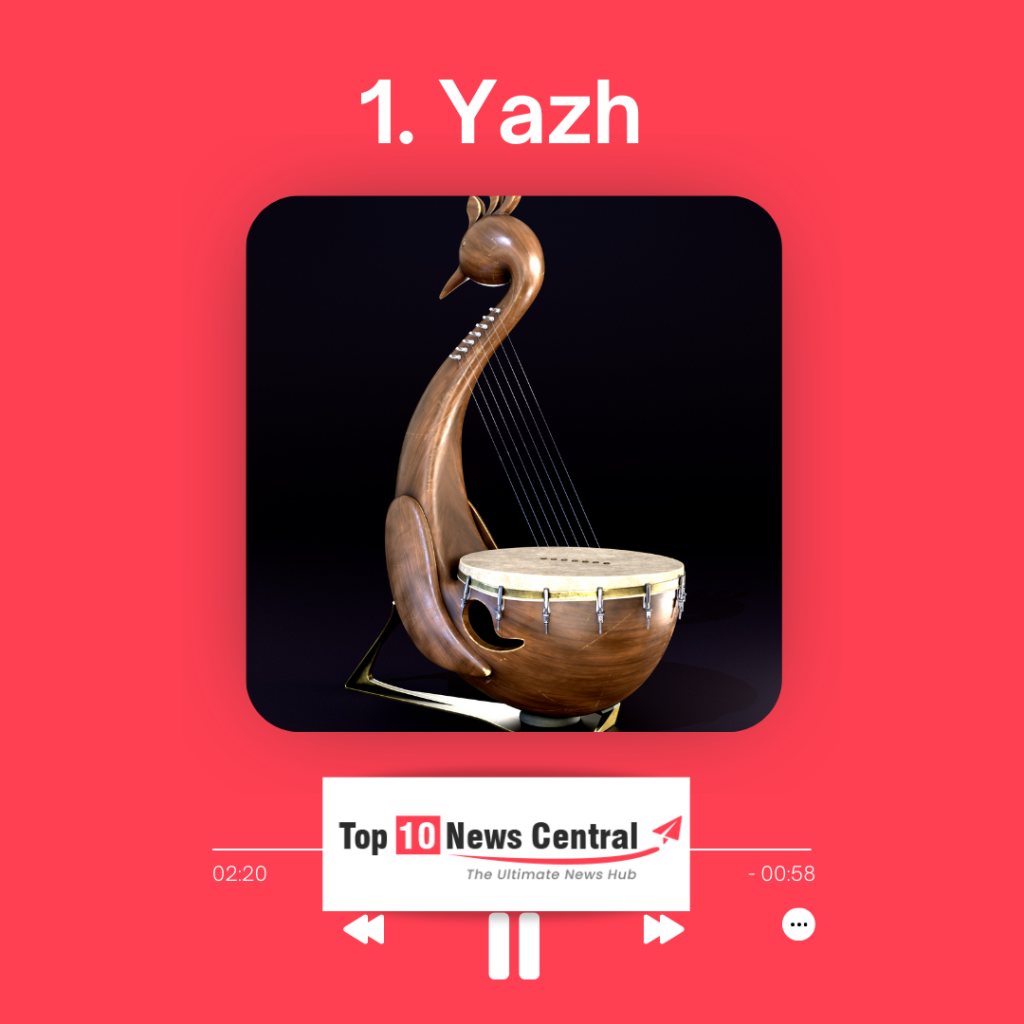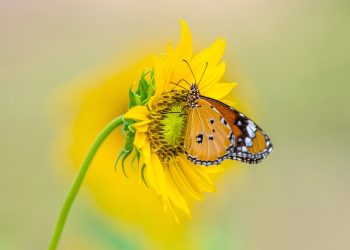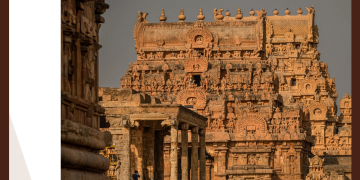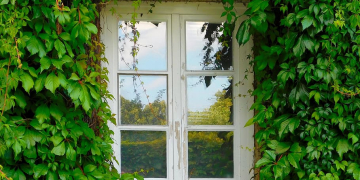10 Lesser Known Instruments from India’s Rich Musical History

India’s heritage, art, and traditions are appreciated throughout the world. Indian music, which has a long history, is a key element of Indian culture.
Indian music’s base developed using various antique instruments. Many of them are now at a slow pace disappearing from existence. India is popular for its captivating facets of culture and heritage. But Indian musical instruments are also melodic and rich.
We picked a few of the lost Indian musical instruments that all must know.
10. Kartal
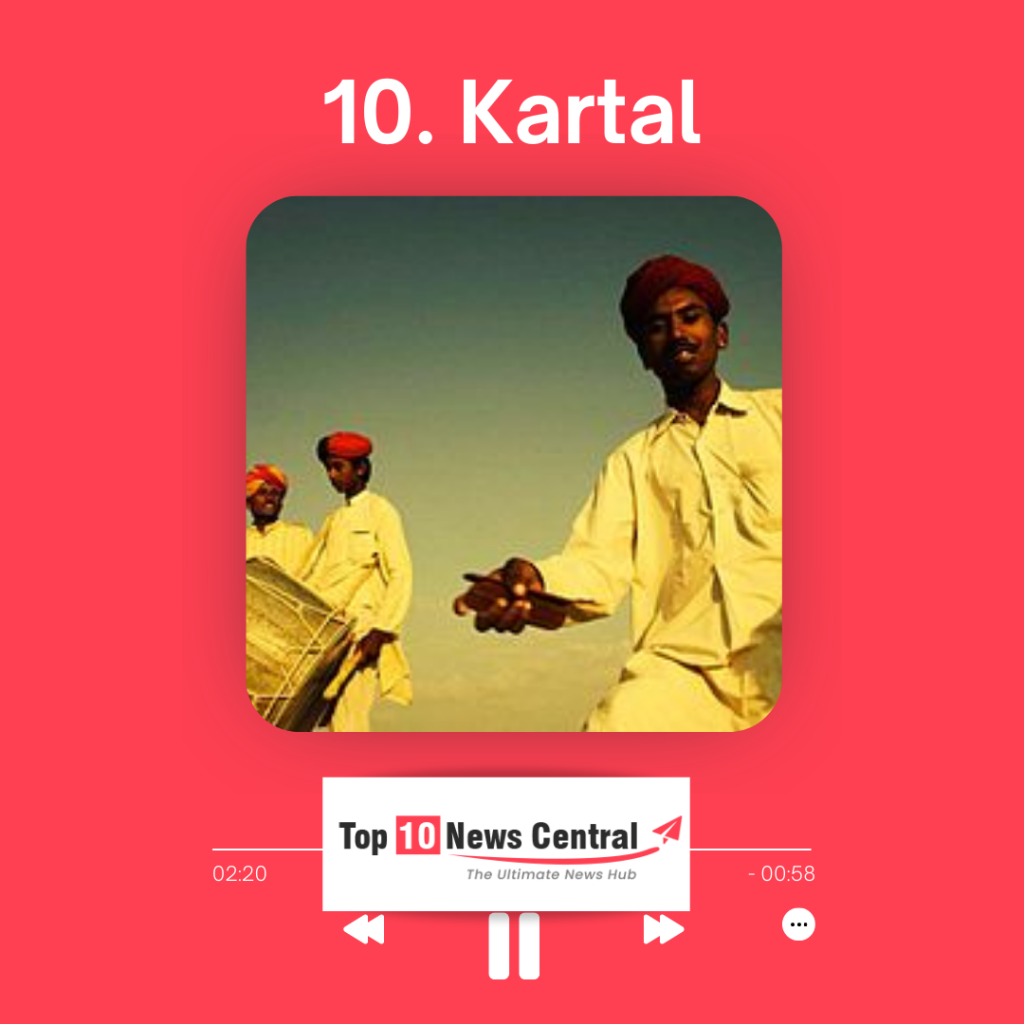
Worshipers used to play the Kartal, an antique rhythmic instrument. People used to sing traditional melodies and hymns of devotion with kartal
Kartal got crafted from disc pieces that clang against one another to produce sound. In specific areas of Rajasthan and Maharashtra’s hinterland, it’s still in use.
9. Pungi

India remained the home of snake charmers. One of the undeniable element of that caricature is the pungi. It is a musical instrument that snake charmers play with their mouths. In road shows, snake charmer plays the pungi as the snakes swing to the music.
8. Ektara
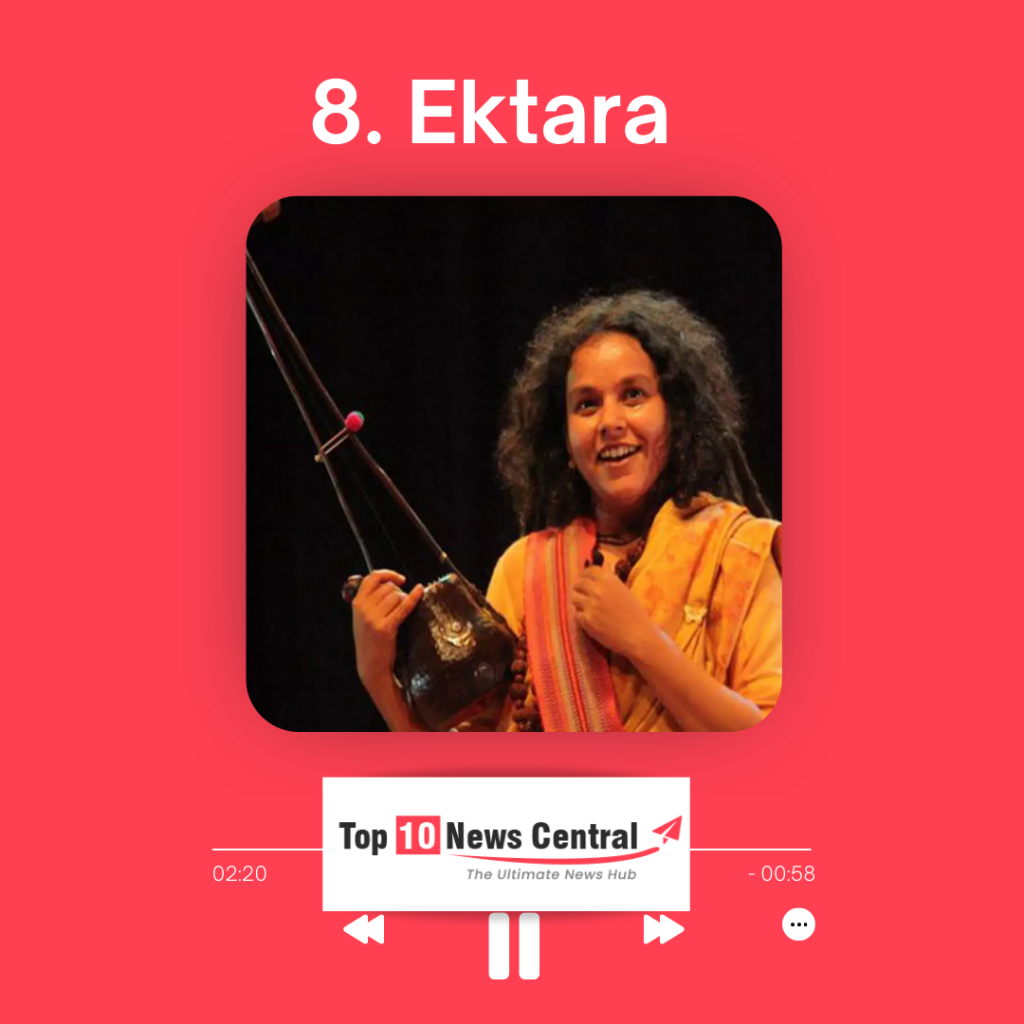
The Ektara is a classical one-string instrument. It has a long history of being well-liked on the Indian subcontinent. Indian wandering bards played it by pulling on its single string.
You can see its use in many kirtans along with other contemporary instruments. It has now started to lose its allure and appeal.
7. Jal Tarang
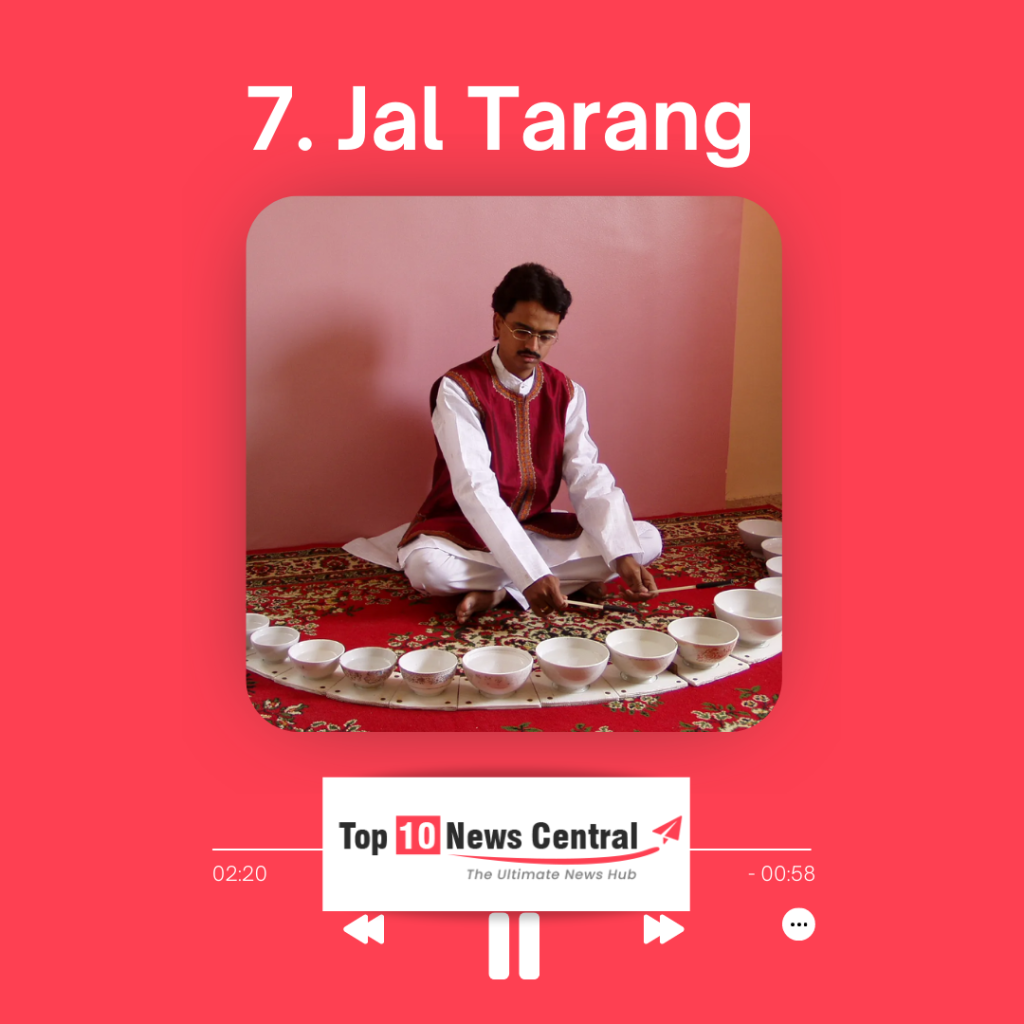
The Jal Tarang is one of the most artistic musical creations ever. Tarang is a melodic musical instrument. The instrument got formed of several ceramic or metal tuned bowls.
Jal Tarang’s performance is quite a show. With the paddles held in each hand, the bowls get struck at their rims to deliver melody. The Kamasutra by Vatsayana refers this antiquated instrument.
6. Chimta
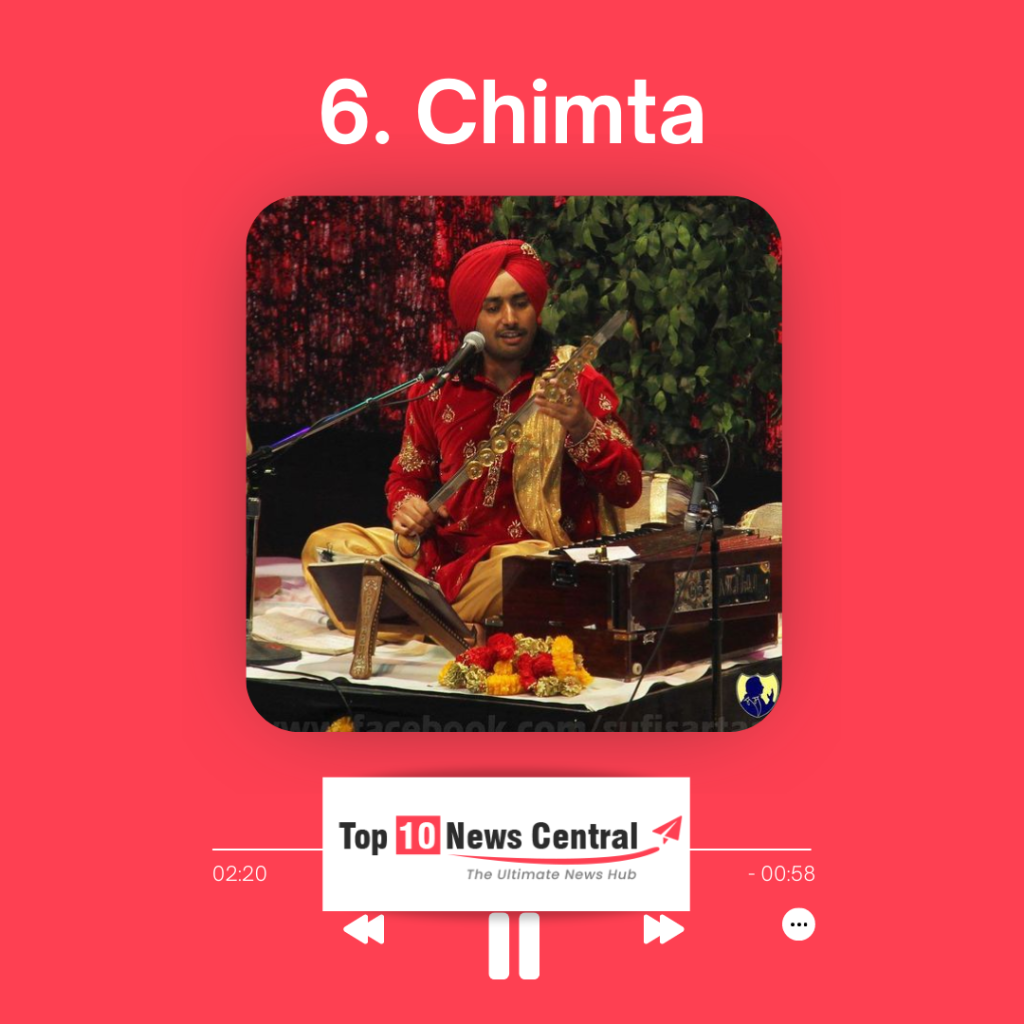
The chimta, also known as tongs, is percussive. It makes a chiming sound and played in folk music of Punjab. It is a long, foldable piece of steel with metal plates. It remain connected to the ends. When the sides clapped twice, music gets produced. During festivities and folk dance, chimtas get played.
5. Mayuri
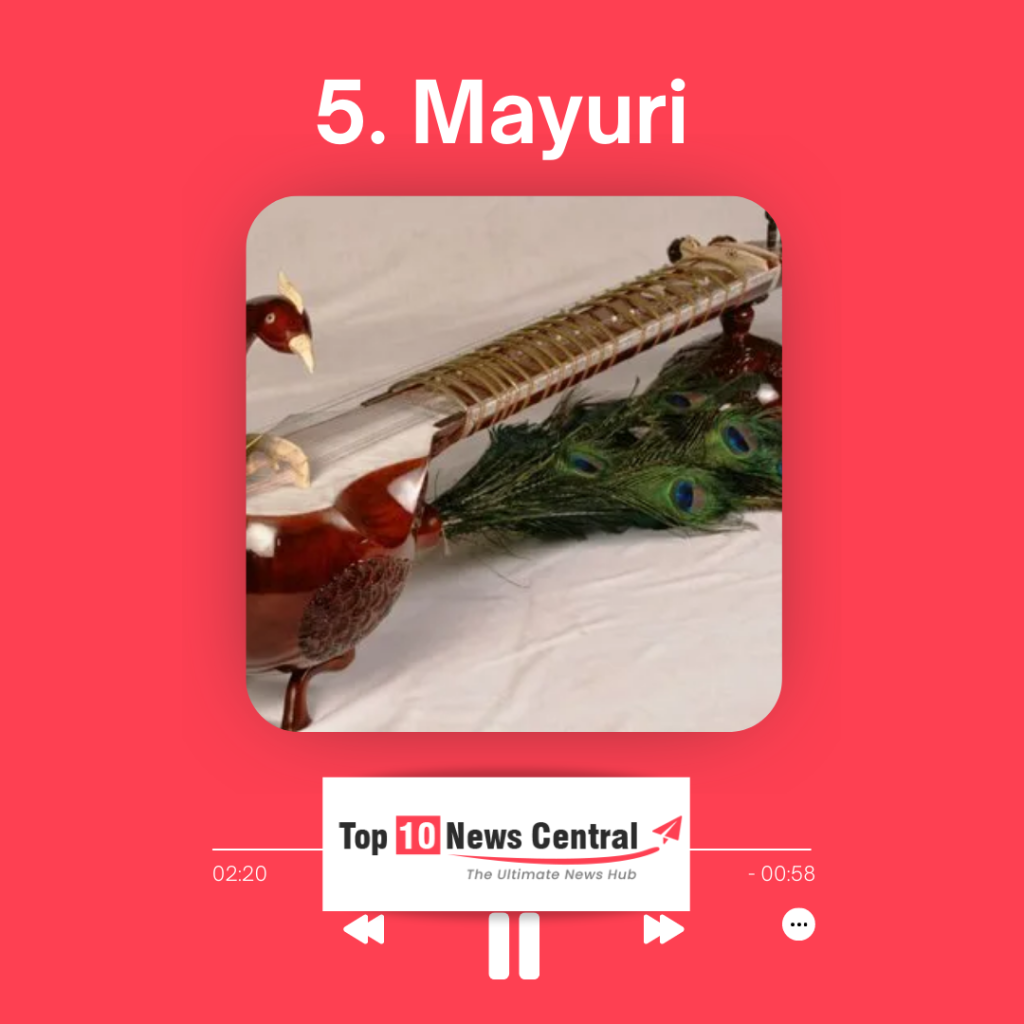
This bowed instrument has a peacock-like appearance. Mayuri is crafted from wood and fastened with real feathers and a beak. The Mayuri, or; peacock, has sixteen frets. It consisted of four melodic chords and fifteen sympathy strings.
It has a connection with Saraswati, the goddess of music. It is a sign of love. The sixth Guru of Sikhs, Guru Har Gobind, is known for creating this instrument. It has a close relationship with Punjab. Mayuri delivers mellow music and has a rich, resonant sound.
4. Morchang

This morsing-style Indian Jaw Harp is a miniature wind musical instrument. The artist plays the instrument with the left hand and mouth.
Morchang consisted of a steel tongue and steel ring in the center. The repetitive musical tool produces a variety of phonetics. In the mid-twentieth century, Morchang was very common in Rajasthan. Its application witnessed in the Carnatic music of South India and Sindh (Pakistan). It’s difficult to find its presence now.
3. Nagfani
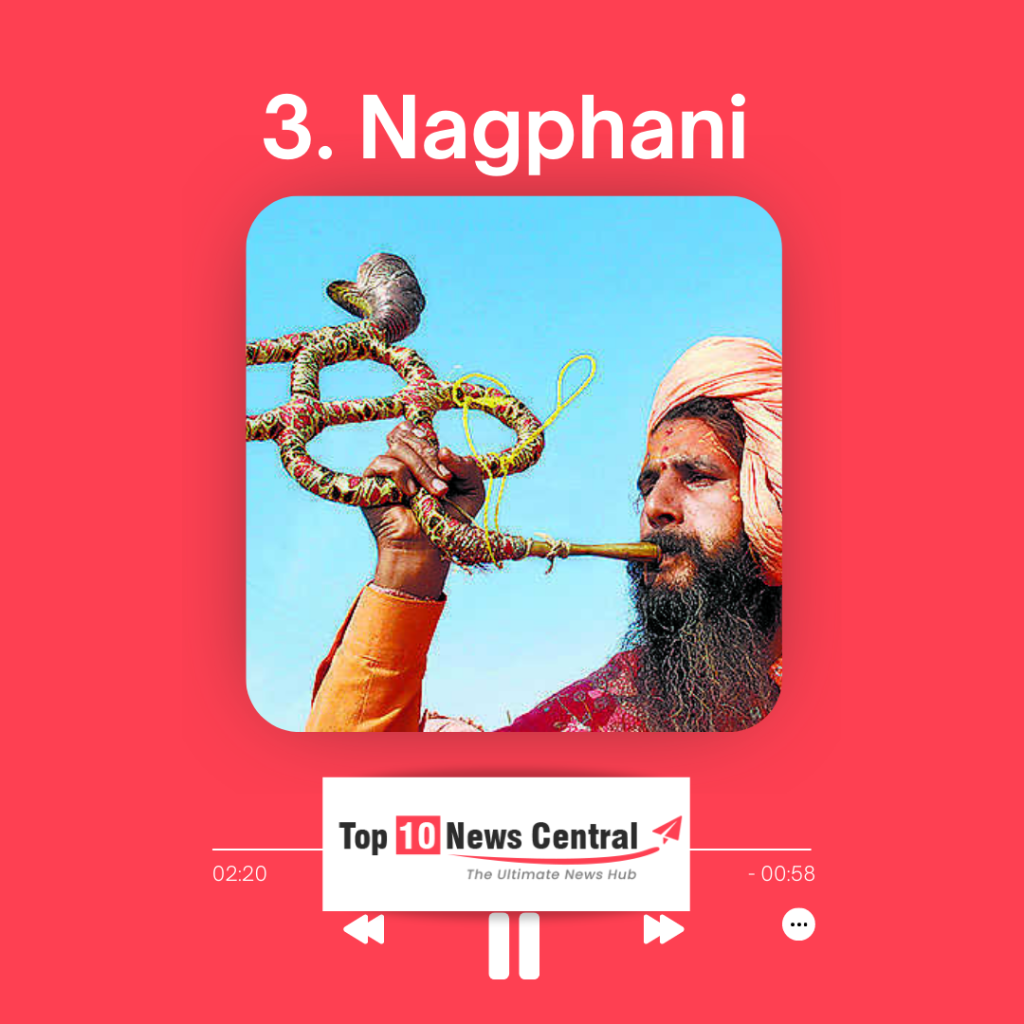
Nagfani, which means “snake hood” in Arabic, is a metal tube like instrument. It got stylized with a serpent skull. It matches the look of the serpent that coils around Lord Shiva. We can see it borne by holy men in tantra or mantric rituals.
The beautiful instrument is rare to witness. You can find it in the western parts of the nation, particularly in Gujarat and Rajasthan. It is now in danger and on the verge of extinction.
2. Pena
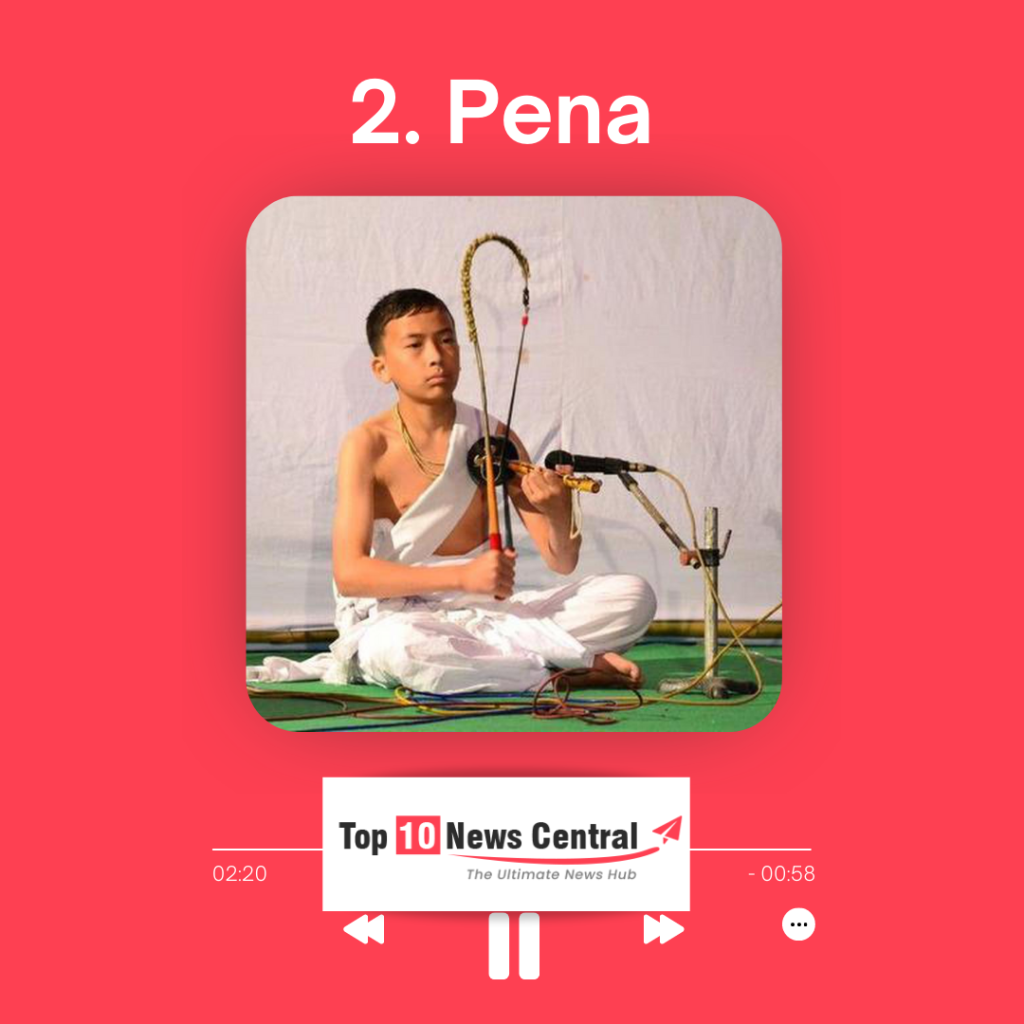
The Pena is a traditional Manipuri musical instrument. Pena gets crafted out of a thin bamboo rod fastened to a dry coconut fiber. It looks like a drum.
Artists used the rod to play the drum. This rod has a string constructed of a horse tail attached to the bottom of a bamboo rod. Many tunes in Manipuri folk songs have originated from the Pena.
Around 145 people in Manipur are still playing this mono-string instrument. Artists play it during the Meities’ celebration of Lai Haroba.
1. Yazh
